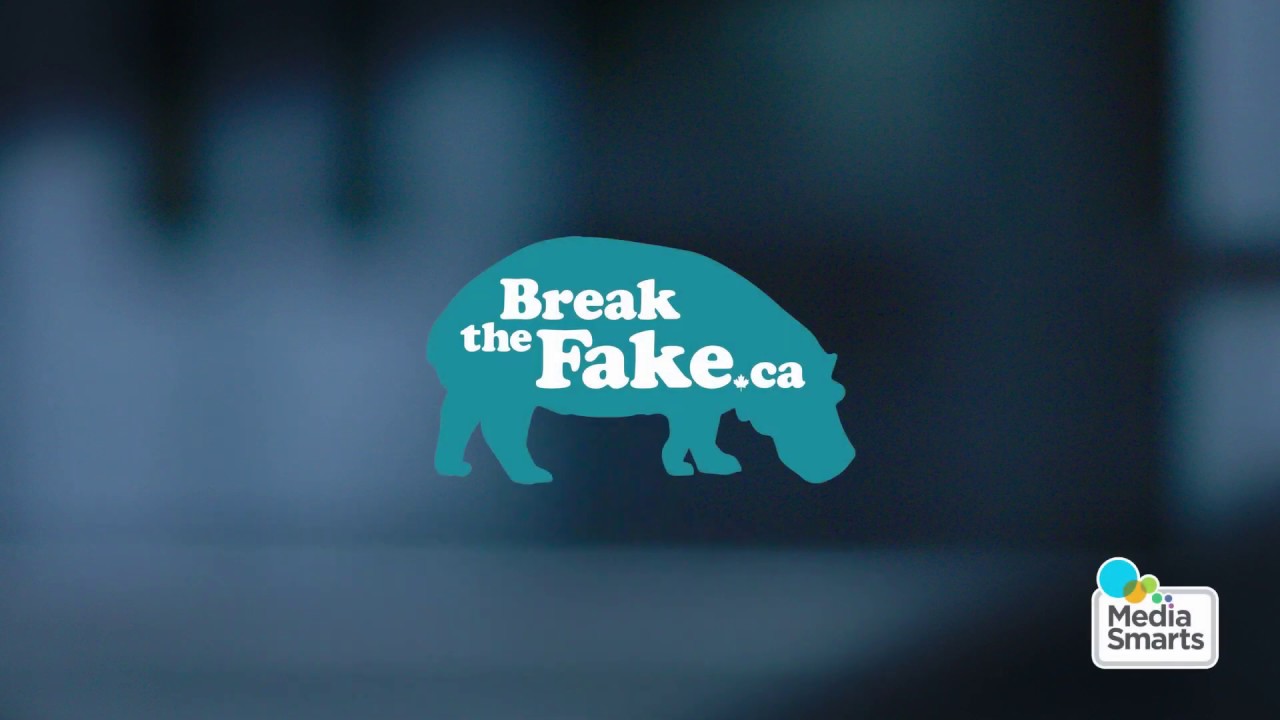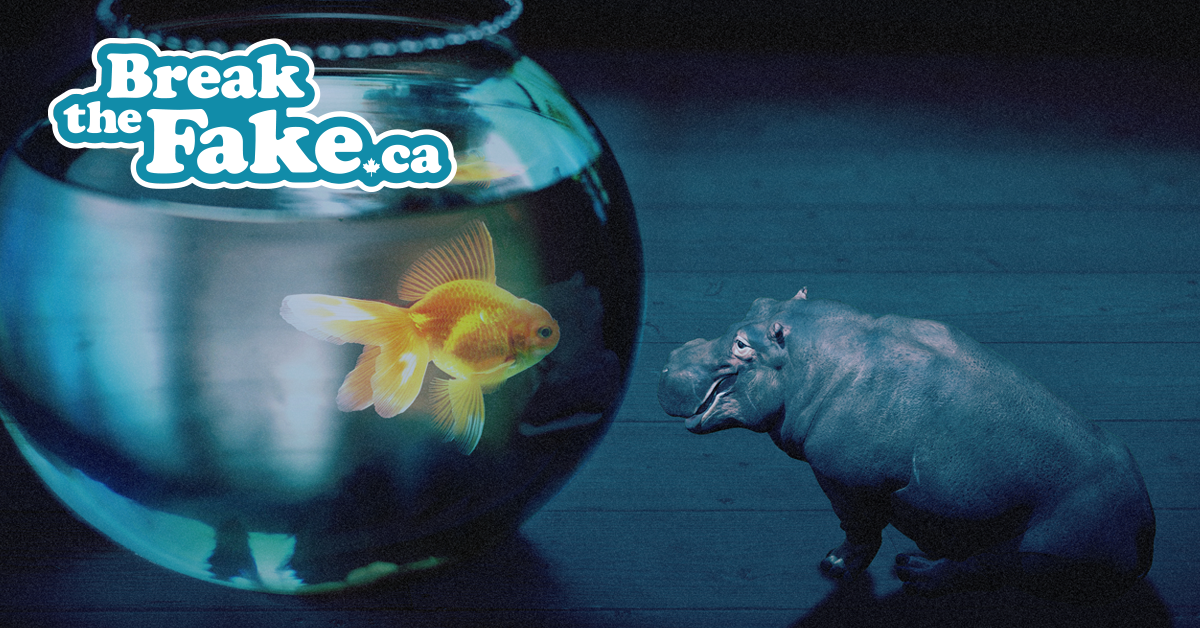Have you heard of the house hippo? They’re back. Along with the discussion on detecting fact from fiction online.
Have you heard of house hippos? They are small, timid creatures. Rarely seen but known to inhabit the dark shadows of family dwellings. And the subject of a cherished Canadian public service announcement created in 1999 to challenge what is fact and what is fiction.
Twenty years later, they’re back.
Is the house hippo real?
That’s the first result that comes up on Google when you search “house hippo.”
Which makes you wonder just how many Canadians have fallen for the house hippo.
We do know that more than half of Canadians admitted to having fallen for fake news, according to our latest research. In our report, Canadians deserve a better internet, we found 57 per cent of respondents said they have been taken in by a fake news item.
With only a quarter of Canadians fully confident they can recognize fake news online, investments in digital literacy education for kids, and all Canadians is needed.

Breaking the fakes
How can you tell which stories to trust online? This month, MediaSmarts, Canada’s centre for digital and media literacy, has brought back the house hippo to update the fact-vs-fiction issues we face today with fake news online, in a campaign called Break the Fake.
As a long-time partner with MediaSmarts, we’re proud to spread the message.
In the Break the Fake campaign, there are the four steps for detecting fake news:
- Use fact-checking tools. Type keywords into this custom search engine from the story or check fact-checking sites like FactsCan.ca or Snopes.com.
- Find the source. Don’t trust a headline or picture.
- Verify the source. Research the source, and ask yourself, is this coming from a reliable news outlet?
- Check other sources. Open a new tab in Google News and see if other news outlets are covering the story.
Fighting for digital literacy
Like the house hippos, CIRA and MediaSmarts go way back in our shared effort to enhance Canadians’ usage and understanding of the internet . Through CIRA’s Community Investment Program, we have partnered for nearly a decade on digital literacy projects, with a special focus on supporting MediaSmarts to carry out foundational research that tracks and investigates the behaviours, attitudes and opinions of Canadian children and youth with respect to their use of the internet.
The goal is to help educate Canadian kids, youth and families about navigating the internet safely and with the rise of fake news, these skills are becoming even more essential to learn from a young age.
Help spread the word
The house hippos are back, and you can help expose them. We know Canadians are struggling to determine fact and fiction online.
MediaSmarts’ Break the Fake campaign has resources, graphics and gifs, YOU can share on social media and with your friends and family. Get all the info on their website here: https://mediasmarts.ca/break-fake.

Maureen James manages CIRA’s Community Investment Program. Her background is in fundraising, grantmaking and strategy development with non-profits internationally and here in Canada.





